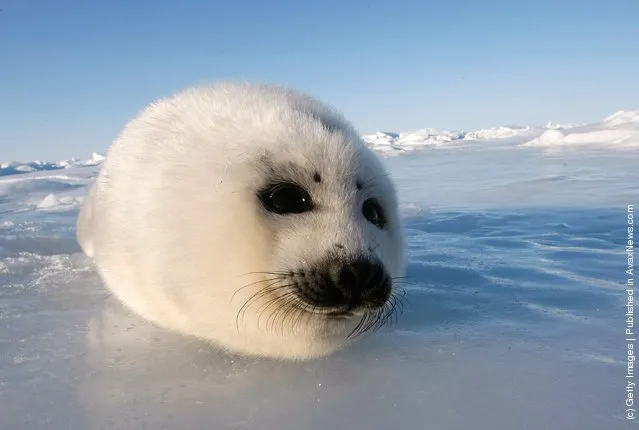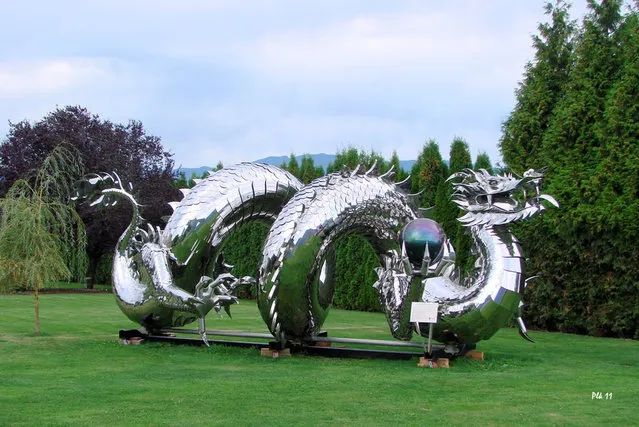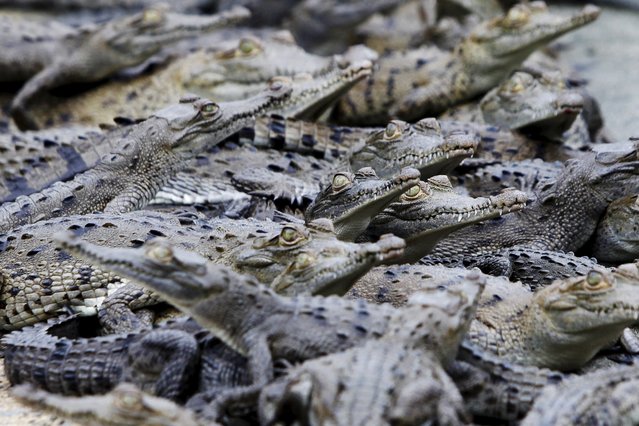
These stunning photos act as postcards for one photographer, who has traveled all over the globe, braving freezing temperatures to create the ultimate time lapse video. Photographer Dustin Farrell, 36, spent four years perfecting his technique and traveling all over the world in his quest to capture the most beautiful time lapses of nature. (Photo by Dustin Farrell/Caters News)
30 Dec 2014 11:51:00,post received
0 comments







